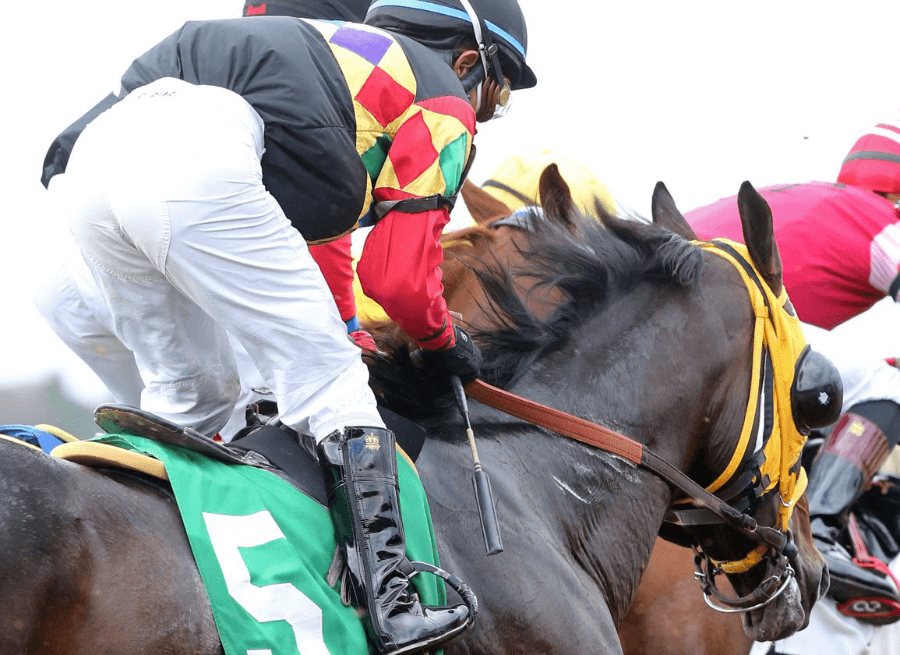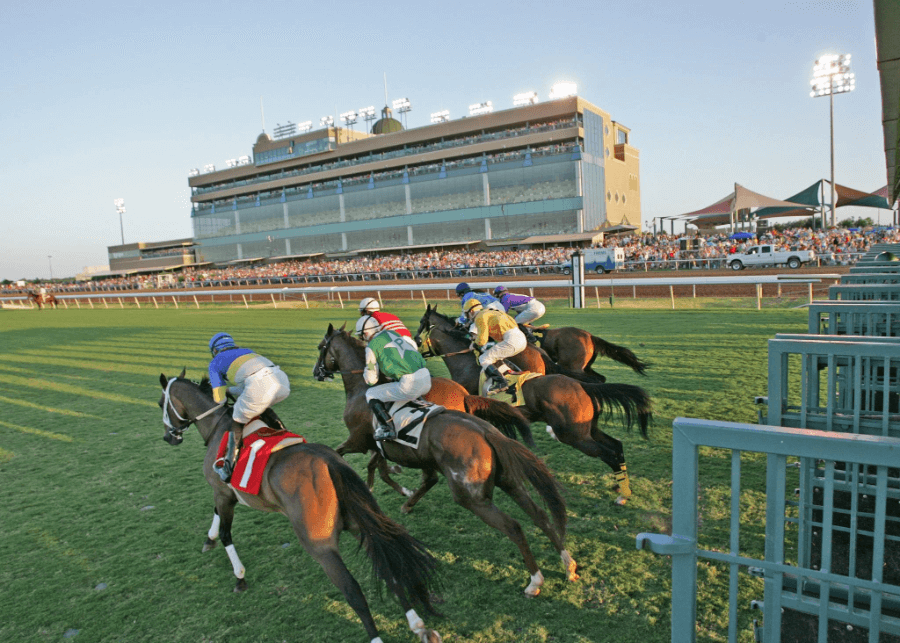Table of Contents
- Background: Ramos’s Previous Doping History
- Timeline of Events
- Search That Sparked the Latest Case
- Understanding the Substances
- Official Statements and Reactions
- When the New Suspension Takes Effect
- Impact on His Career
- Legal or Appeal Options
- Comparison With Similar Cases
- What This Means for the Sport
- Fan and Media Reaction
- What’s Next for Ramos
Each week, TDN releases a summary of notable enforcement actions connected to the Horseracing Integrity and Safety Act (HISA). These updates draw from HISA’s official rulings database as well as HIWU’s “pending” and “resolved” case lists, offering a clear picture of regulatory activity nationwide.
One of the most significant developments this week involves trainer Francisco Ramos, who received an additional four-year suspension along with $50,000 in fines. HIWU issued the penalties after determining that Ramos possessed two prohibited substances: Diisopropylamine and Clenbuterol.
According to the final ruling, investigators attempted several times to reach Ramos during the case, but he “never responded to HIWU concerning this Charge or his election with respect to it.”
Background: Ramos’s Previous Doping History
Sergio Ramos has faced doping scrutiny before, long before the latest four-year ban. His name first entered the spotlight when reports linked him to irregular test procedures during his time at a top European club. Those past claims never resulted in formal punishment, but they shaped how critics viewed him. Supporters argued that he had been tested hundreds of times without issue. Opponents insisted there were worrying patterns. These older incidents now feel more significant in light of the current case.
In earlier controversies, governing bodies accepted explanations provided by his club, and the matters were closed quickly. Ramos denied any wrongdoing and called the accusations attacks on his integrity. His statements stressed transparency and cooperation with testing protocols. Despite that, discussions around those incidents never fully disappeared. They became part of his public image over time. The new ban adds weight to long-standing concerns about his relationship with anti-doping rules.
Timeline of Events
The latest case began when authorities carried out a search that uncovered materials linked to banned substances. This initial discovery triggered a formal investigation that progressed rapidly and garnered public attention. Testing procedures were initiated soon after, and the results strengthened the case against him. From there, the governing body issued a notice of charges. Ramos was informed of potential violations and invited to respond.
Hearings followed as officials reviewed statements, laboratory evidence, and investigative reports. The process provided Ramos with opportunities to contest the allegations. After deliberation, the panel issued its ruling, confirming the four-year suspension. The effective start date was announced alongside the decision, outlining when the ban officially begins. This timeline now forms the backbone of the case as the situation develops further.
Search That Sparked the Latest Case
The new sanctions trace back to May 7, 2024, when HIWU investigators searched Ramos’s barn and vehicle at Belterra Park. During the search, investigators reported finding:
- A non-FDA-approved drug manufactured outside the United States was discovered under the back seat of his vehicle. Lab testing later identified Diisopropylamine in the material.
- A jug of red liquid was sealed with green tape and stored in the driver’s side rear door. Subsequent analysis determined that the liquid was an extremely concentrated, compounded form of Clenbuterol—far stronger than the approved Ventipulmin formulation.
HIWU classified this version of clenbuterol as a banned substance because of its potency and lack of approval by any U.S. regulatory authority.
Understanding the Substances
Diisopropylamine is commonly described as a vasodilator, meaning it relaxes blood vessels to improve blood flow. Outside of racing, the compound can appear in products such as cosmetics, some sanitizers, and tobacco. Under HISA, however, its use in horses is strictly forbidden.
Clenbuterol is a bronchodilator with a long history of misuse in racing due to its potential performance-enhancing effects. HISA permits the drug only under narrow therapeutic guidelines, none of which applied in this case.
Official Statements and Reactions
Ramos released a response shortly after news of the suspension broke. His statement emphasized innocence and claimed the case was mishandled. He argued that the findings did not match his conduct or career record. He promised to pursue all legal options and protect his reputation. His team echoed similar sentiments and expressed confidence in a successful appeal.
Anti-doping officials defended their decision and stressed adherence to regulatory standards. They highlighted strict protocols applied equally to all athletes. Their statements described the evidence as clear and compelling. They urged the public to trust the system and respect the ruling. Coaches and federation representatives reacted with caution. Some supported Ramos while others focused on respecting the governing body’s process.
When the New Suspension Takes Effect
Ramos is already serving a lengthy ban. He was previously suspended for 12 years for six medication violations involving Clenbuterol detected either in post-race samples or out-of-competition tests. That suspension will remain in effect until May 29, 2036.
The newly issued four-year penalty will take effect after the current one expires, meaning Ramos will be barred from racing in HISA jurisdictions until May 30, 2040.
Impact on His Career
The four-year ban impacts nearly every aspect of Ramos’ professional future. He will miss league seasons, international fixtures, and major tournaments. These absences significantly limit his ability to compete at the highest level. The ban disrupts training rhythm and performance stability. It also weakens any chance of maintaining competitive form. Many experts believe this gap may be career-ending.
Endorsement deals may also be affected due to clauses tied to doping violations. Sponsors typically review associations following such rulings. This can lead to contract reductions or complete withdrawals. Ranking positions are expected to fall during the suspension. His long-standing career achievements might face re-evaluation. The stigma attached to doping cases often leaves permanent damage. Rebuilding trust will be extremely difficult.
Legal or Appeal Options
Ramos retains the right to file an appeal through the designated arbitration body. This process must begin within the official deadline set by the ruling. The appeal will allow him to present new evidence or challenge procedural errors. Athletes in similar cases have achieved reductions, although complete reversals remain rare. Appeals often require extensive legal and scientific support. This path is demanding but may reduce the suspension period.
If the appeal moves forward, the ban remains active unless the panel grants special relief. The outcome will depend on expert testimony and document assessments. Appeals can take months before a final verdict is released. The decision will shape the remainder of his playing prospects. Past rulings show mixed outcomes, making predictions difficult. Ramos must weigh the chances carefully as he proceeds.
Comparison With Similar Cases
Four-year bans have been imposed on high-profile athletes in recent years. Some have succeeded in reducing their punishments through appeals. Others have served the full term due to strong evidence. Ramos’ sanction aligns with standard penalties for major violations. There is nothing unusual about the duration based on established guidelines. This comparison helps assess whether he faces disproportionate treatment.
Looking at cases in football and other sports, the pattern remains consistent. Severe violations usually result in multi-year suspensions. The consistency strengthens the credibility of anti-doping frameworks. Ramos’ profile may amplify the attention he receives. However, governing bodies often insist that regulations apply equally to all athletes. This comparison helps clarify the fairness of his ruling.
What This Means for the Sport
A ban of this scale raises questions about doping culture in professional sports. It encourages authorities to tighten monitoring systems and enhance testing reliability. The case serves as a warning for younger athletes entering competitive environments. It reinforces the message that rule-breaking has serious consequences. Sporting organizations may increase educational programs. These programs aim to prevent similar incidents in the future.
The ruling also affects perceptions of fairness within the sport. Fans want assurance that competitions remain clean. To maintain trust, governing bodies must demonstrate transparency. High-profile cases often shape policy debates for years. They influence rule adjustments and testing improvements. Ramos’ situation may accelerate reforms and strengthen regulatory oversight.
Fan and Media Reaction
Fans reacted quickly on social platforms as news of the ban circulated. Some expressed disbelief and defended Ramos’ legacy. Others argued the ruling confirmed long-standing suspicions. The debate intensified as analysts shared commentary online. Media outlets produced detailed reports on the investigation. Public opinion remains sharply divided.
Major publications framed the case as a significant moment for the sport. Discussing both past controversies and current consequences, coverage has been intense. Social media trends reflect global attention. Supporters and critics continue to clash over interpretations. The tone of reactions varies by region and fan base. The controversy has become a major talking point in the football world.
What’s Next for Ramos
Ramos faces difficult decisions about his future following the ruling. A four-year suspension drastically limits late-career opportunities. Retirement becomes a realistic option if the appeal fails. If he chooses to continue playing, he must maintain training discipline. A comeback would require significant physical preparation. His age and match fitness will be major challenges.
He may also explore non-playing roles within the sport. Coaching, punditry, and ambassador positions remain possible paths. However, the ban may affect the perception of these opportunities. His next moves depend heavily on the appeal outcome. A reduced ban could open the door to a final return. Regardless of the path, his legacy will remain under scrutiny.






